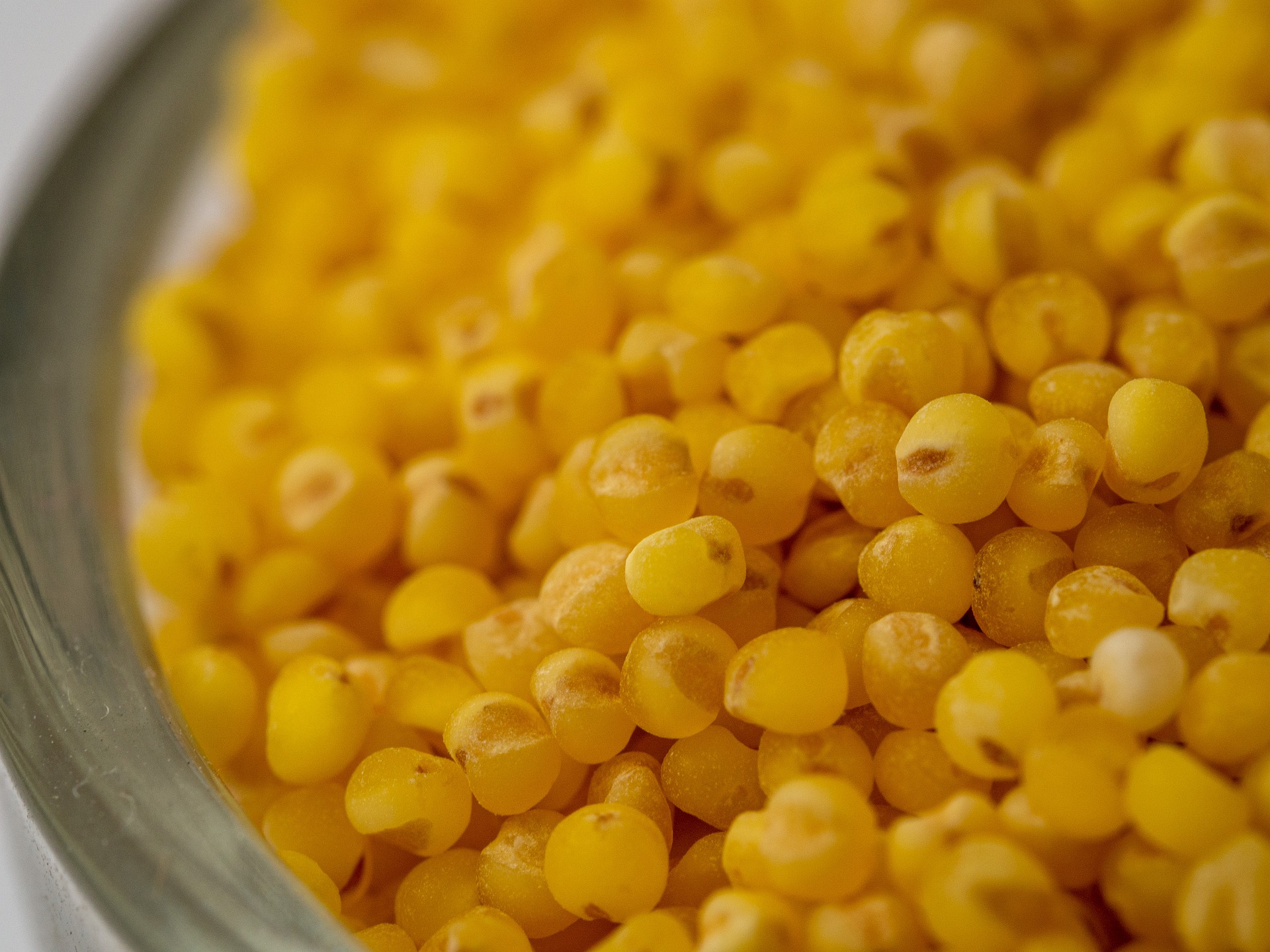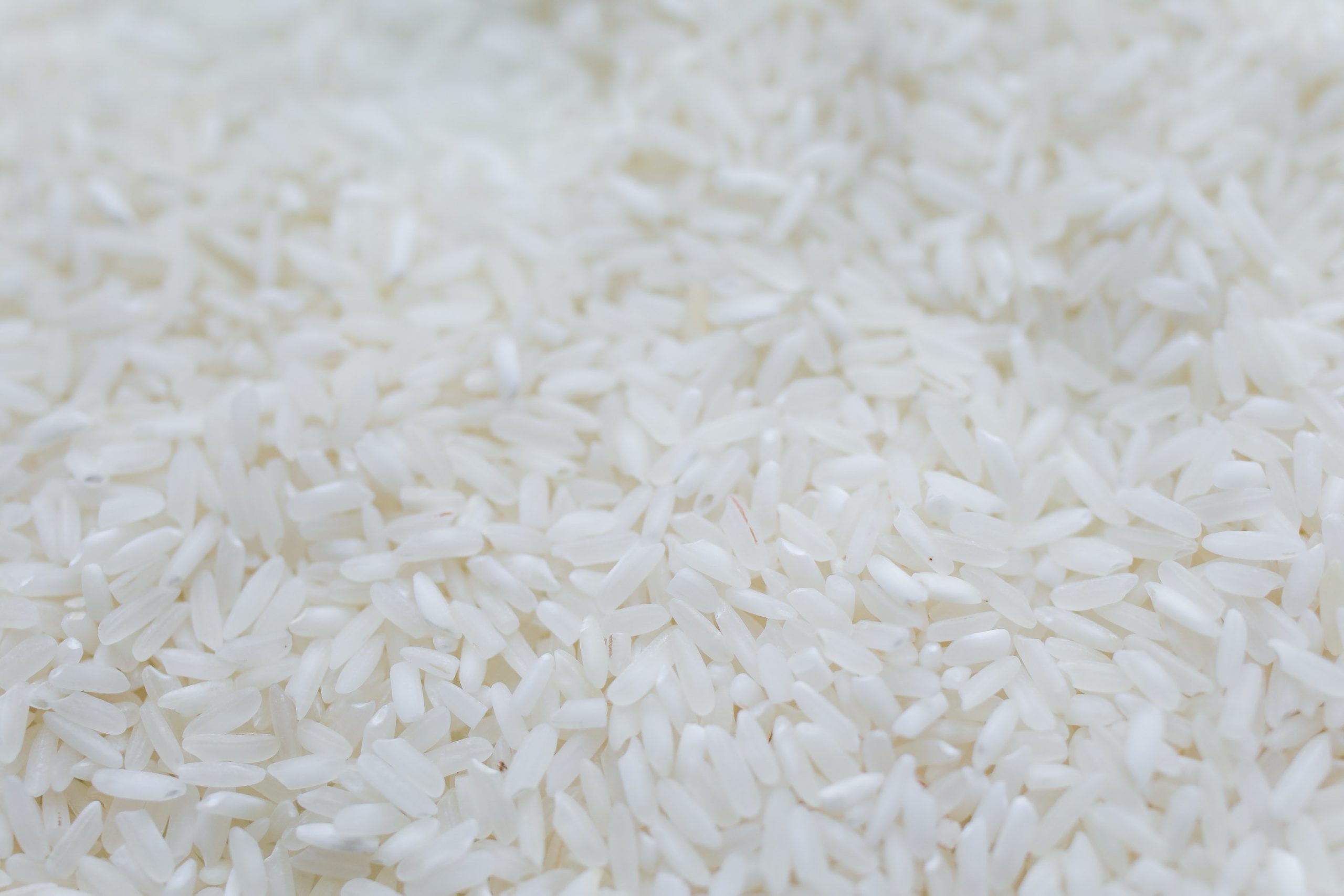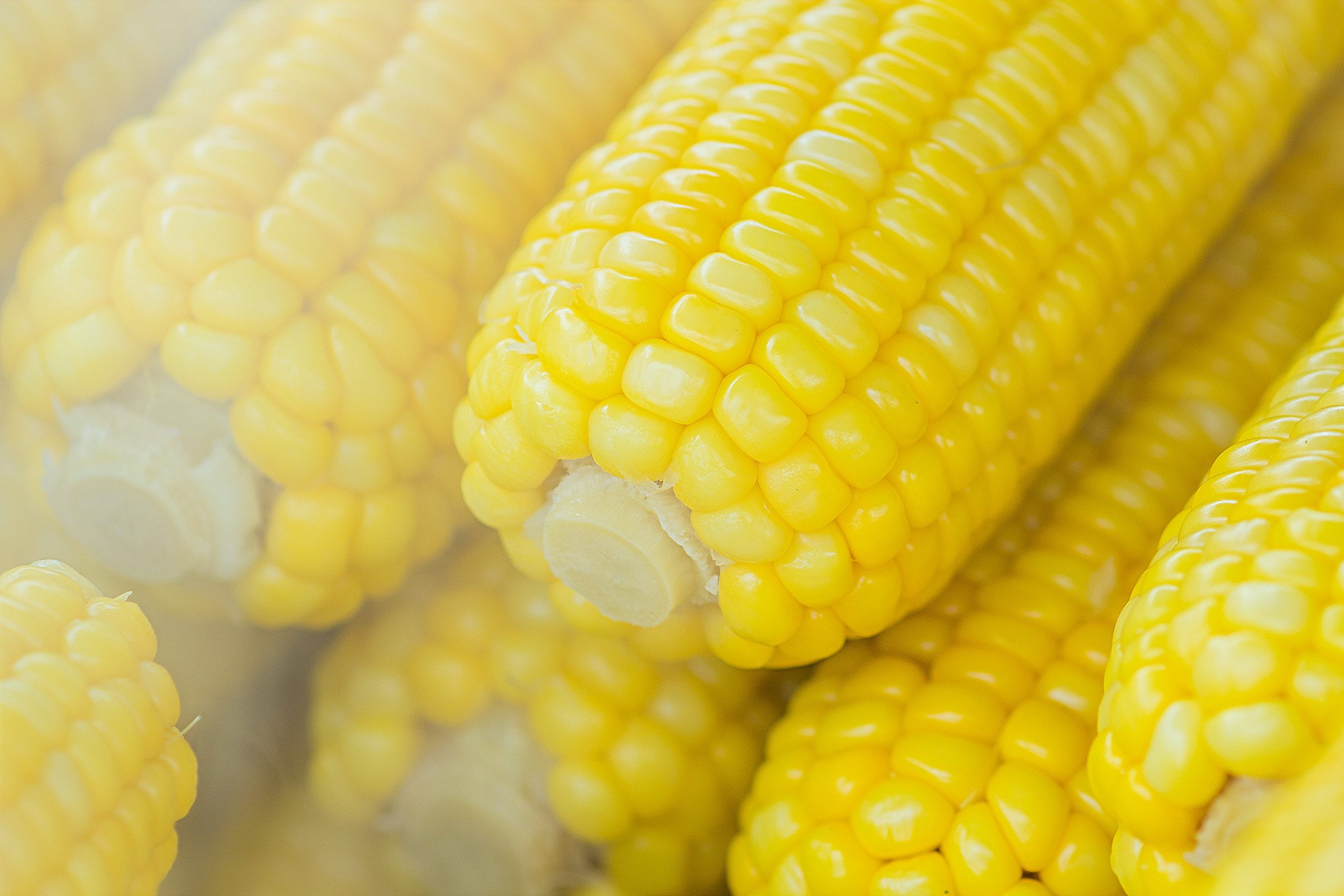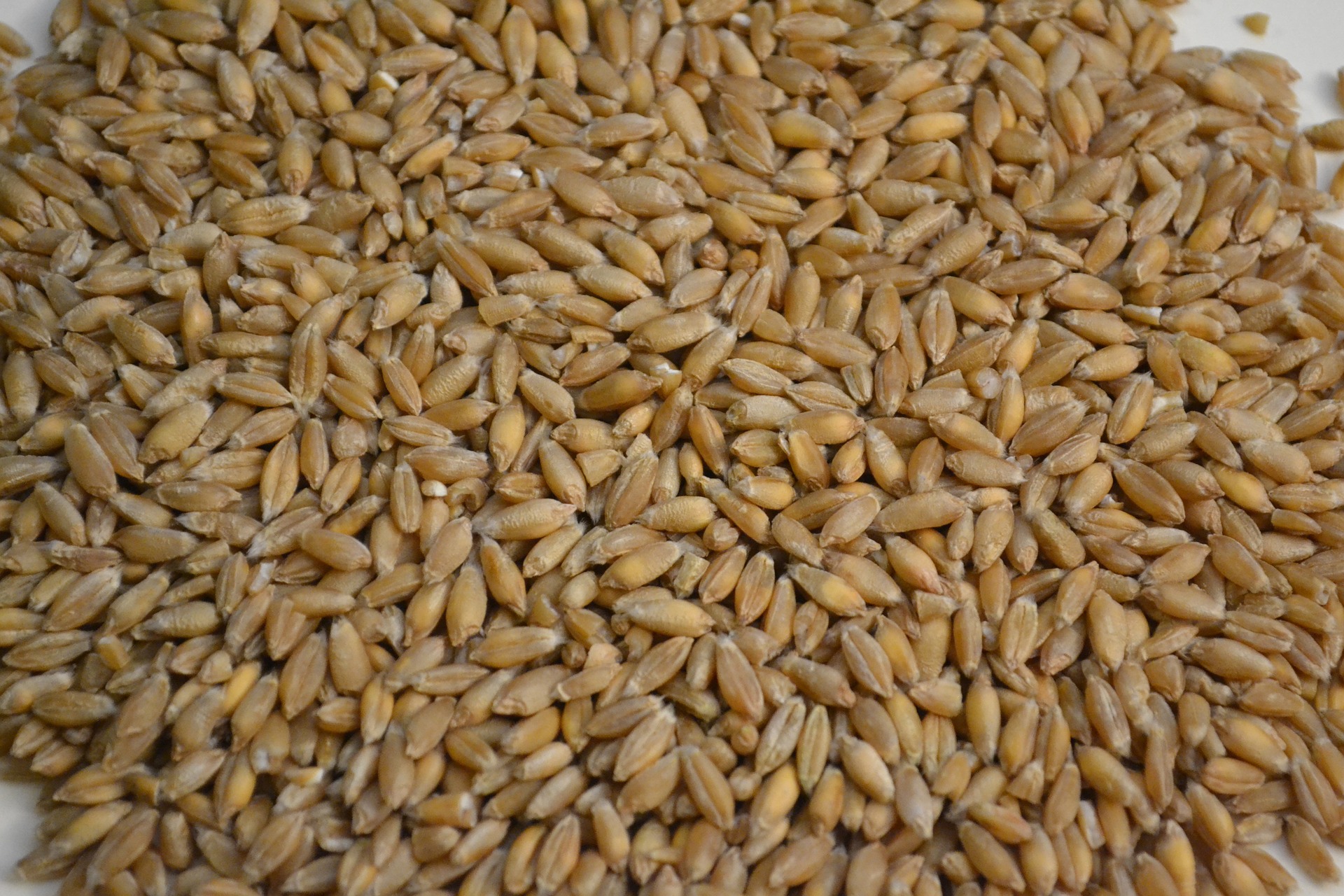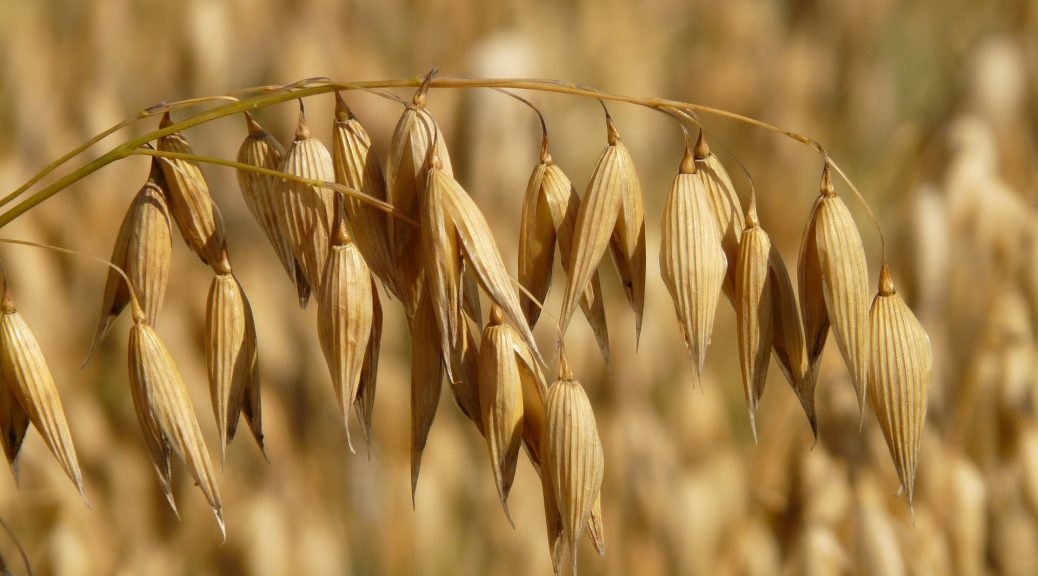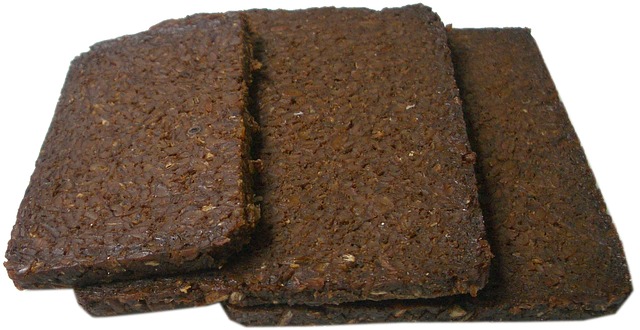Buckwheat
General Aspects Buckwheat, or Fagopyrum esculentum, is a plant native to central and northeastern Asia. From there, it spread to Europe through Russia and Turkey in the 14th and 15th centuries, and later to North America. Its cultivation peaked in the 19th century, gradually declining up to the present day. However, in recent years, it has experienced growth due to the rise of gluten-free products and the nutritional quality of this grain. Currently, its cultivation is centred in China and…

